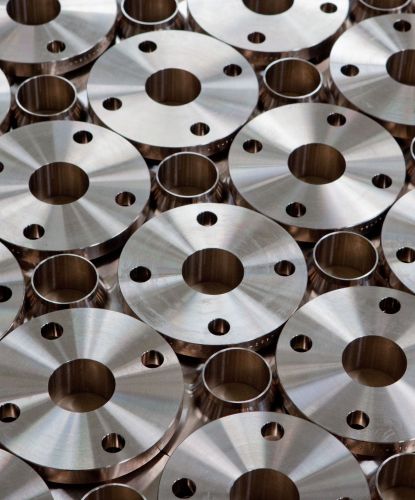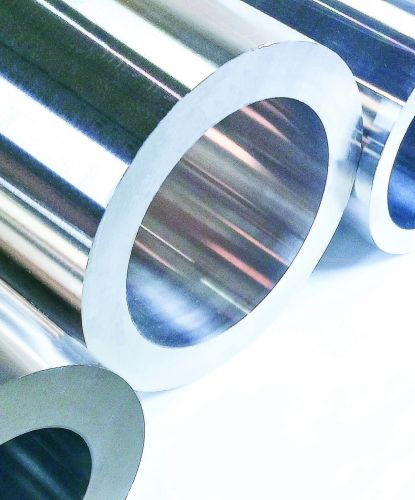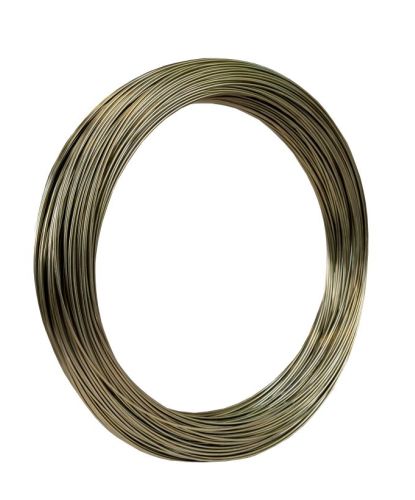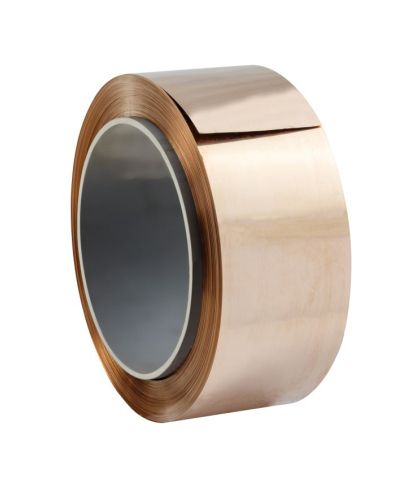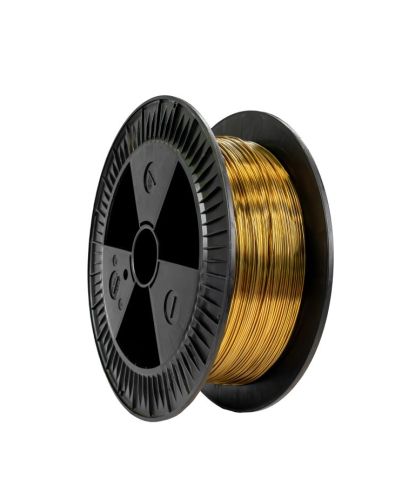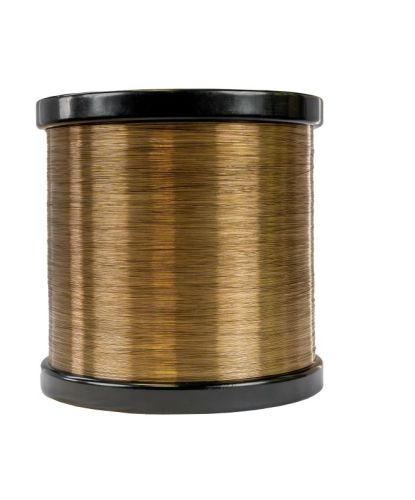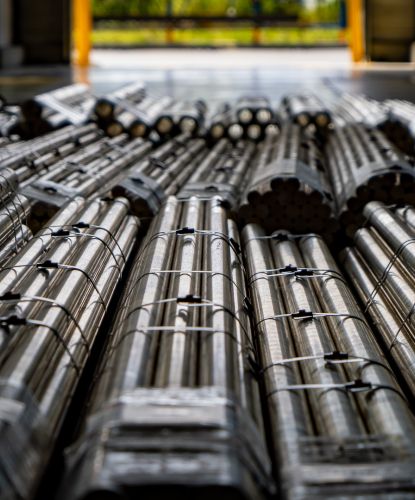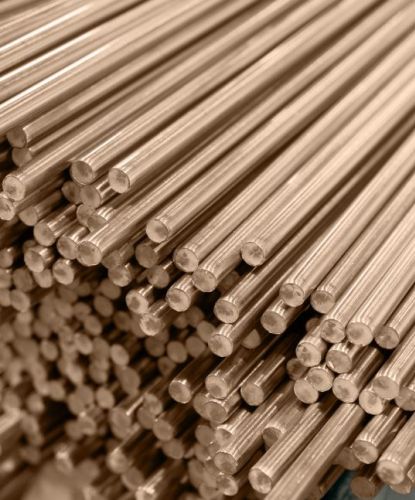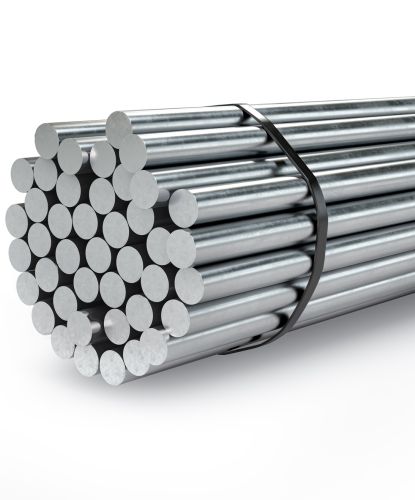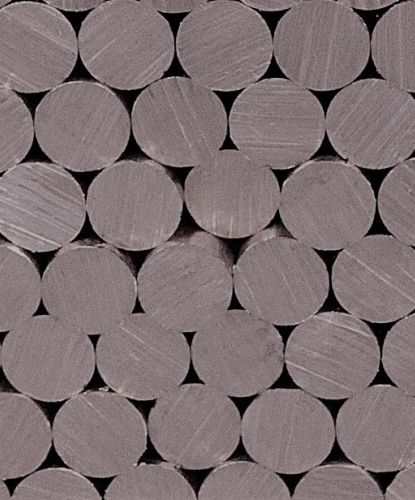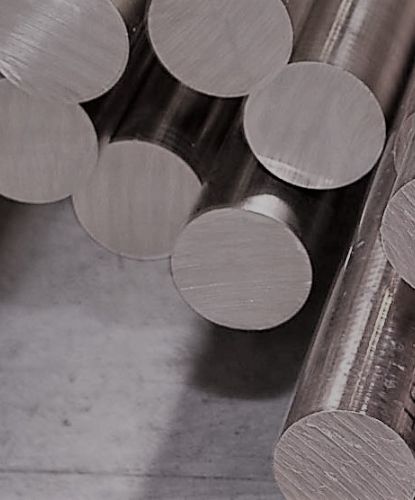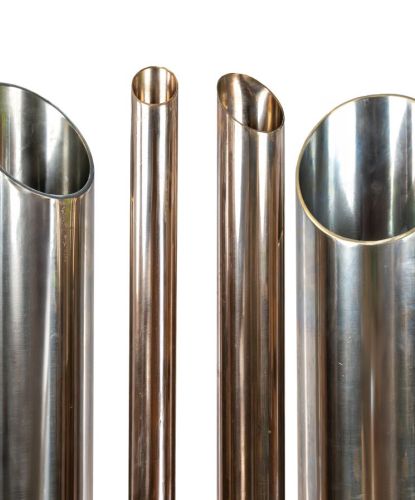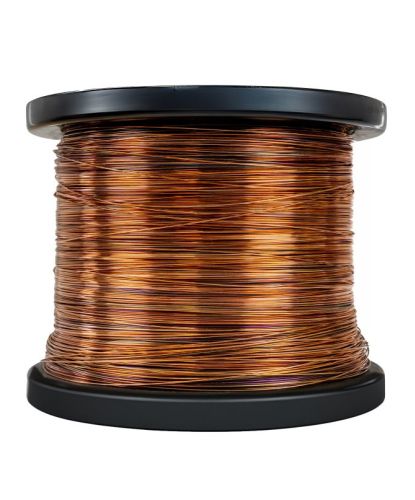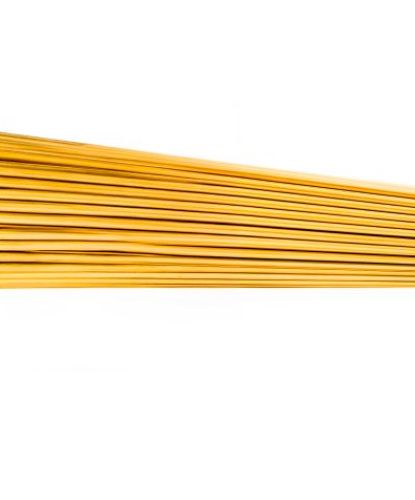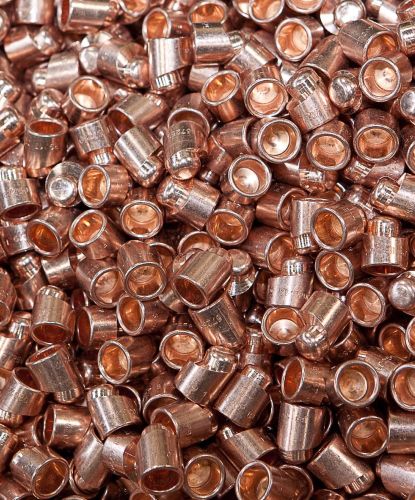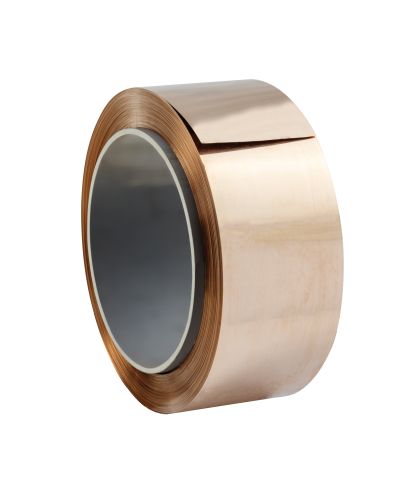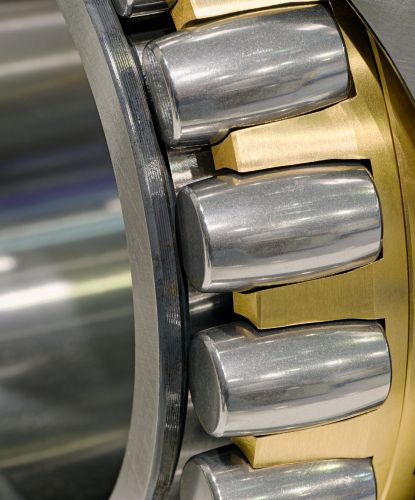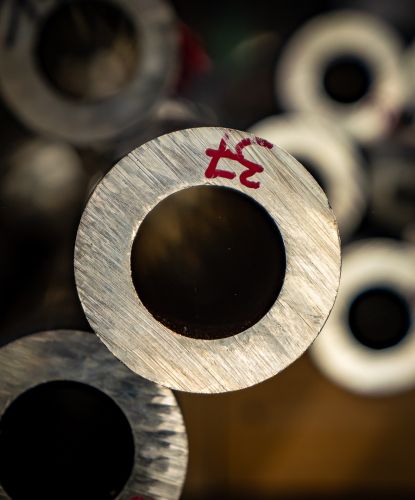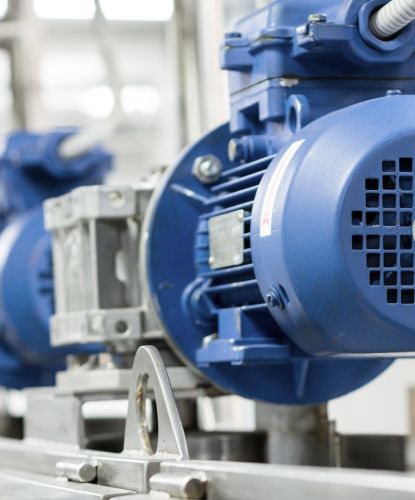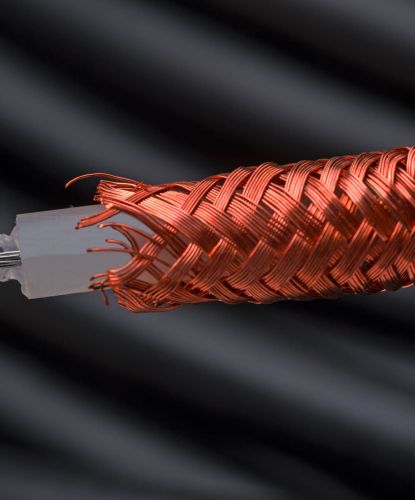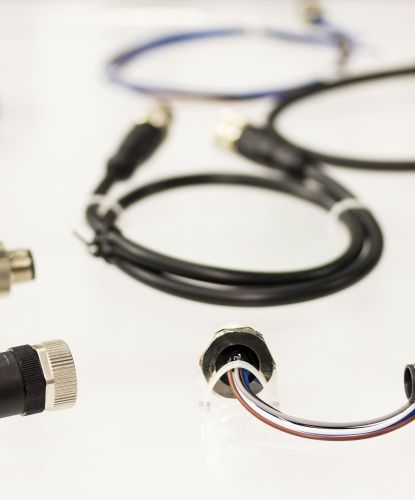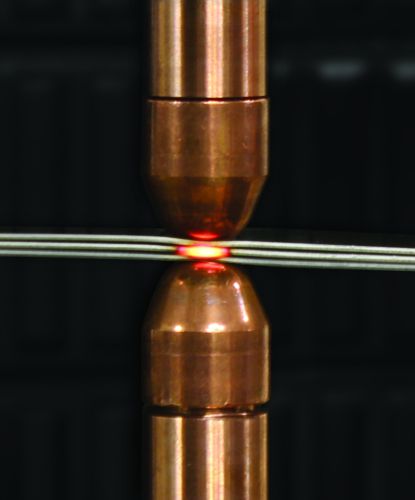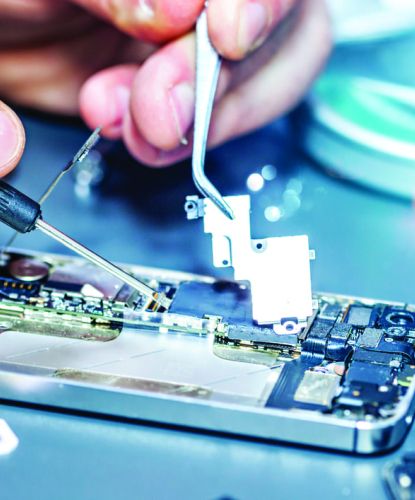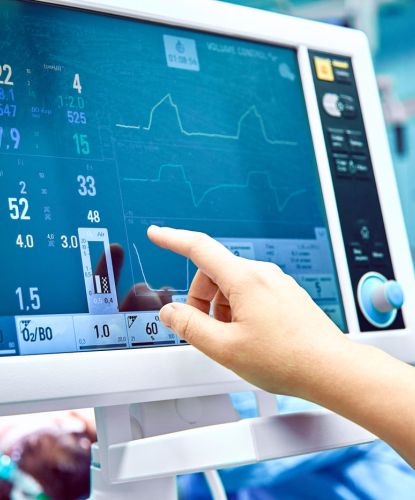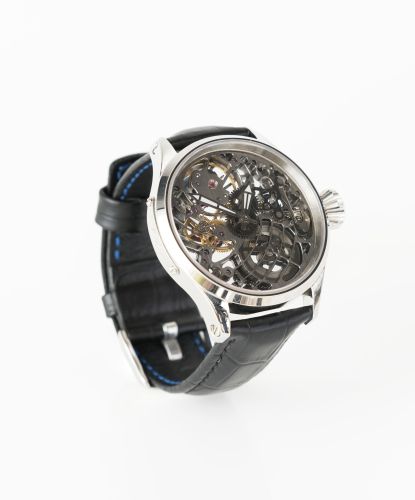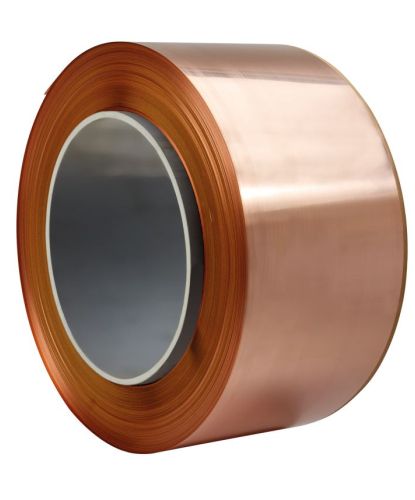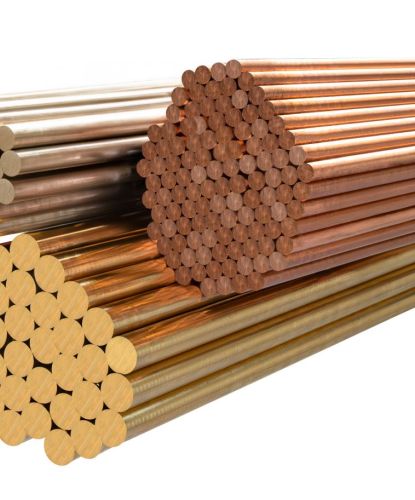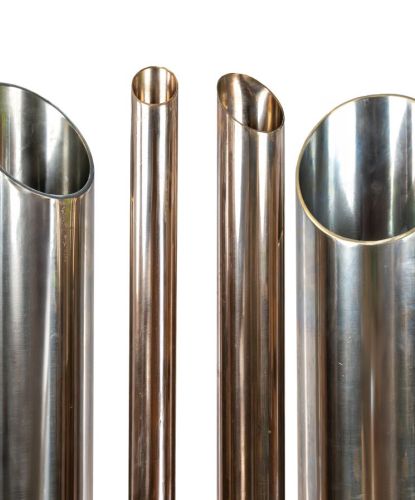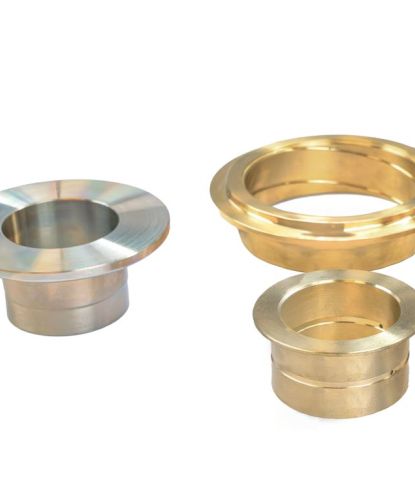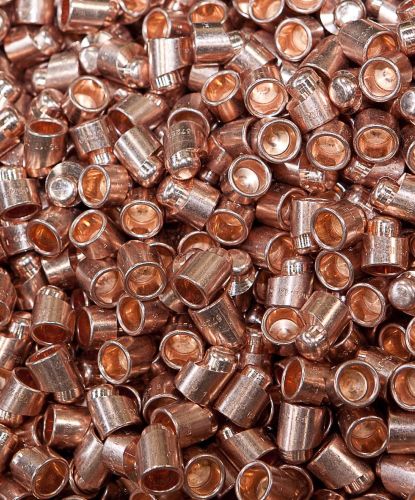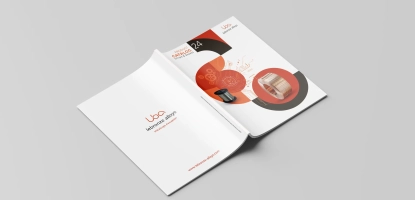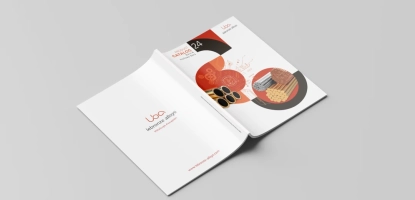Lebronze alloys (LBA), together with its scientific partners [1], and within the antimicrobial cluster of the Grand Est region [2], has been carrying out research for more than ten years on the behaviour of bacteria, fungi and viruses in contact with copper alloys in order to reduce the risk of infection.
This paper proposes a review of scientific publications on the role played by surfaces in the transmission of microbial contamination - particularly concerning COVID-19 - as well as a synthesis of the know-how developed by LBA.
Importance of surfaces in contamination
In the past, the role of contaminated surfaces (fomites) in the transmission of healthcare-associated infections may have been largely underestimated [3, 4].
However, recent evidence suggests that fomites may play an important role in the transmission of infections [3, 5-9]. Studies also highlight the importance of surface cleaning and disinfection to reduce the transmission of infection-causing micro-organisms [4, 10, 11].
This is especially true since some pathogenic and opportunistic micro-organisms can survive on surfaces for up to several days or even months if they are not cleaned or disinfected [12].
The advantages of copper alloy surfaces
The effectiveness of copper and copper alloys in killing a very large range of viruses and bacteria - including bacteria with multiple antibiotic resistance mechanisms (AMR) that cause the most problematic healthcare-associated infections - has been known for several decades and has been highlighted by numerous publications [13-17].
The installation of copper-alloy door handles and handrails in residential care facilities for the elderly has demonstrated a very large and significant difference - a reduction of about 60% - in the number of bacteria on copper surfaces compared to surfaces made of conventional materials [18, 19].
The benefit for residents has been measured in outbreaks involving hand-transmitted viruses (gastroenteritis or conjunctivitis) : a recent study on a large-scale installation of copper handles and handrails has shown that the number of infected people is four times lower in areas equipped with copper alloys than in areas without [20].
The SARS-CoV-2 case responsible for pandemic coronavirus disease 2019 (COVID-19) [21]
In vitro, the survival time of SARS-CoV-2 coronavirus on different surfaces such as stainless steel, glass or plastic varies from a few hours to a few days, depending in particular on humidity [22].
This persistence on surfaces suggests that the most frequently touch surfaces could be temporary reservoirs of SARS-CoV-2 contamination, leading to a risk of hand-to-hand transmission [23]. During the coronavirus SARS crisis (CoV-1-SARSS) in Hong Kong in 2003, the hand-to-hand transmission route appears to have been a significant factor in the occurrence of infections [24].
The in vitro survival time of CoV-2-SARS and other coronaviruses (MERS, CoV-1-SARS, Human Coronavirus 229E) on copper is described as much shorter than that observed on stainless steel or plastic [25, 26].
This suggests that copper and copper alloys could contribute to a barrier role in the current COVID-19 pandemic and in hand-transmitted outbreaks generally.
Know-how developed by LBA
LBA has worked on copper alloy door handles and handrails to protect residents of elderly care facilities from germs deposited on surfaces by other residents, healthcare workers or visitors.
The main parameters influencing the effectiveness of the alloys were identified and analysed as part of the CUPROCARE collaborative research project (January 2016 - April 2020). All of this work was carried out with the support of the Marne department and financed in particular by European funds and by the Grand Est region. They were based on the results of studies in institutions [18, 19]. These last two studies were led by Pr Sophie Gangloff (University of Reims Champagne Ardenne (URCA)), conducted by Dr Marius Colin (URCA), and steered by an independent scientific committee composed notably of : Dr Fabien Squinazi (Former Director of the Hygiene Laboratory of the City of Paris), Dr Olivier Meunier (Hagueneau Hospital), Pr Christophe de Champs (Reims University Hospital and URCA), Pr Jean-Luc Novella (Reims University Hospital and URCA), Pr Raphael Duval (University of Lorraine) and Pr Christine Roques (Toulouse University Hospital and Faculty of Pharmacy of Toulouse).
Solutions have been sought to maximise the efficiency of copper by working, for example, on the composition of the alloy and the search for compatible cleaners.
The composition of the alloy is essential to combat surface ageing. Indeed, following hand contact on the handle and cleaning operations, a reaction layer - a few tens of nanometres in size - will develop and a layer of organic matter will be deposited. It is essential to remove these layers, which in the long term are harmful to the aesthetics and effectiveness of the copper alloy. Lebronze alloys has therefore developed a solution to maintain the aesthetics of copper and above all its effectiveness over time.
LBA's contribution to the collective effort
Lebronze alloys believes that it is its duty to share widely these different elements and is ready to exchange with all scientific actors and health authorities who would be interested in these studies.
The Lebronze alloys group
For more information, contact us.
Steriall® is a brand of the Lebronze alloys group
- [1] LBA research partners are the BIOS and LISM laboratories of the University of Reims Champagne Ardenne (URCA) and the Fonderephar research structure in Toulouse.
- [2] The antimicrobial cluster of the Grand Est region is made up of industrialists supported by academic experts - URCA joined the Cluster shortly after its creation (2013 / 2018 operating period). Source
- [3] Otter, J. A., Donskey, C., Yezli, S., Douthwaite, S., Goldenberg, S. D., & Weber, D. J. (2016). Transmission of SARS and MERS coronaviruses and influenza virus in healthcare settings : the possible role of dry surface contamination. Journal of Hospital Infection, 92(3), 235-250. Source
- [4] Donskey, C. J. (2013). Does improving surface cleaning and disinfection reduce health care-associated infections? American journal of infection control, 41(5), S12-S19. Source
- [5] Hayden, M. K., Blom, D. W., Lyle, E. A., Moore, C. G., & Weinstein, R. A. (2008). Risk of hand or glove contamination after contact with patients colonized with vancomycin-resistant enterococcus or the colonized patients' environment. Infection Control & Hospital Epidemiology, 29(2), 149-154. Source
- [6] Randle, J., Arthur, A., & Vaughan, N. (2010). Twenty-four-hour observational study of hospital hand hygiene compliance. Journal of Hospital Infection, 76(3), 252-255. Source
- [7] Stiefel, U., Cadnum, J. L., Eckstein, B. C., Guerrero, D. M., Tima, M. A., & Donskey, C. J. (2011). Contamination of hands with methicillin-resistant Staphylococcus aureus after contact with environmental surfaces and after contact with the skin of colonized patients. Infection Control & Hospital Epidemiology, 32(2), 185-187. Source
- [8] Wojgani, H., Kehsa, C., Cloutman-Green, E., Gray, C., Gant, V., & Klein, N. (2012). Hospital door handle design and their contamination with bacteria: a real life observational study. Are we pulling against closed doors? PloS one, 7(10). Source
- [9] Guerrero, D. M., Nerandzic, M. M., Jury, L. A., Jinno, S., Chang, S., & Donskey, C. J. (2012). Acquisition of spores on gloved hands after contact with the skin of patients with Clostridium difficile infection and with environmental surfaces in their rooms. American journal of infection control, 40(6), 556-558. Source
- [10] Rampling, A., Wiseman, S., Davis, L., Hyett, A. P., Walbridge, A. N., Payne, G. C., & Cornaby, A. J. (2001). Evidence that hospital hygiene is important in the control of methicillin-resistant Staphylococcus aureus. Journal of Hospital Infection, 49(2), 109-116. Source
- [11] Weber, D. J., Anderson, D., & Rutala, W. A. (2013). The role of the surface environment in healthcare-associated infections. Current opinion in infectious diseases, 26(4), 338-344. Source
- [12] Kramer, A., Schwebke, I., & Kampf, G. (2006). How long do nosocomial pathogens persist on inanimate surfaces? A systematic review. BMC infectious diseases, 6(1), 130. Source
- [13] Sunada, K., Minoshima, M., & Hashimoto, K. (2012). Highly efficient antiviral and antibacterial activities of solid-state cuprous compounds. Journal of hazardous materials, 235, 265-270. Source
- [14] Inkinen, J., Mäkinen, R., Keinänen‐Toivola, M. M., Nordström, K., & Ahonen, M. (2017). Copper as an antibacterial material in different facilities. Letters in applied microbiology, 64(1), 19-26. Source
- [15] Warnes, S. L., Summersgill, E. N., & Keevil, C. W. (2015). Inactivation of murine norovirus on a range of copper alloy surfaces is accompanied by loss of capsid integrity. Environ. Microbiol., 81(3), 1085-1091. Source
- [16] Manuel, C. S., Moore, M. D., & Jaykus, L. A. (2015). Destruction of the capsid and genome of GII. 4 human norovirus occurs during exposure to metal alloys containing copper. Environ. Microbiol., 81(15), 4940-4946. Source
- [17] Weber, D. J., & Rutala, W. A. (2013). Self-disinfecting surfaces : review of current methodologies and future prospects. American journal of infection control, 41(5), S31-S35. Source
- [18] Colin, M., Klingelschmitt, F., Charpentier, E., Josse, J., Kanagaratnam, L., De Champs, C., & Gangloff, S. C. (2018). Copper alloy touch surfaces in healthcare facilities: an effective solution to prevent bacterial spreading. Materials, 11(12), 2479. Source
- [19] Colin, M., Charpentier, E., Klingelschmitt, F., Bontemps, C., De Champs, C., Reffuveille, F., & Gangloff, S. C. (2020). Specific antibacterial activity of copper alloy touch surfaces in five long-term care facilities for older adults. Journal of Hospital Infection, 104(3), 283-292. Source
- [20] Zerbib, S., Vallet, L., Muggeo, A., de Champs, C., Lefebvre, A., Jolly, D., & Kanagaratnam, L. (2020). Copper for the Prevention of Outbreaks of Health Care–Associated Infections in a Long-term Care Facility for Older Adults. Journal of the American Medical Directors Association 21(1), 68-71.
- [21] World Health Organization website, Esri. Novel Coronavirus (COVID-19) Situation webpage. Source
- [22] Kampf, G., Todt, D., Pfaender, S., & Steinmann, E. (2020). Persistence of coronaviruses on inanimate surfaces and its inactivation with biocidal agents. Journal of Hospital Infection. Source
- [23] World Health Organization website, Coronavirus Disease 2019 (COVID-19): questions and answers. Question "How is COVID-19 spread ? " [Retrieved March 30, 2020]. Source
- [24] Xiao, S., Li, Y., Wong, T. W., & Hui, D. S. (2017). Role of fomites in SARS transmission during the largest hospital outbreak in Hong Kong. PloS one, 12(7). Source
- [25] van Doremalen, N., Bushmaker, T., Morris, D. H., Holbrook, M. G., Gamble, A., Williamson, B. N., ... & Lloyd-Smith, J. O. (2020). Aerosol and Surface Stability of SARS-CoV-2 as Compared with SARS-CoV-1. New England Journal of Medicine. Source
-
[26] Warnes, S. L., Little, Z. R., & Keevil, C. W. (2015). Human coronavirus 229E remains infectious on common touch surface materials. MBio, 6(6), e01697-15. Source

